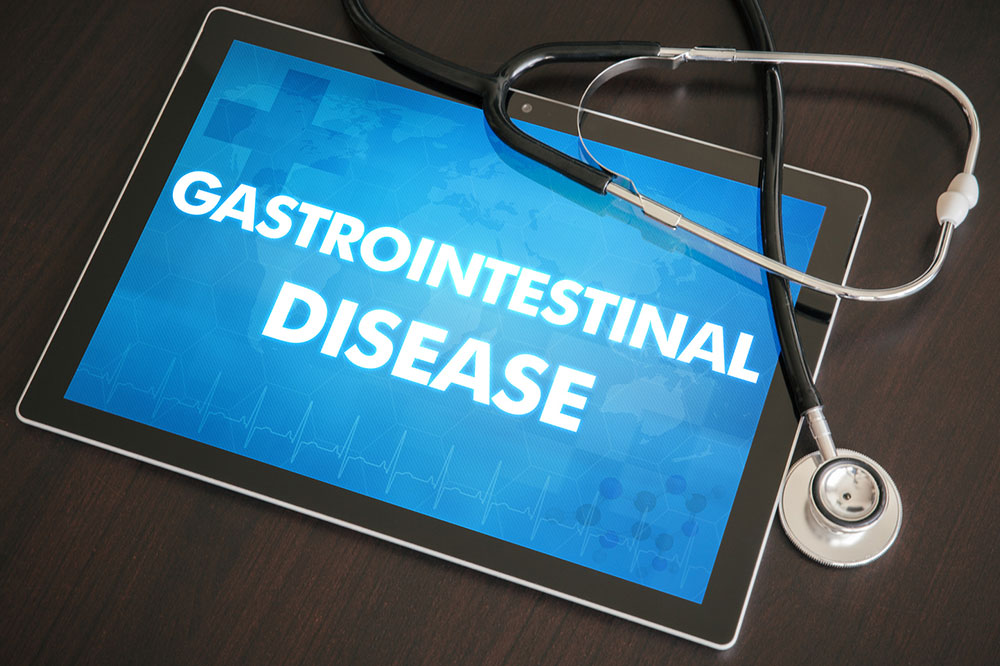Gastrointestinal stromal tumor – Risk factors and survival rate
Gastrointestinal stromal tumors (GIST) are soft tissue sarcomas that develop in the stomach or small intestines. They first occur in specialized cells found in the walls of the digestive system, and the condition is often diagnosed in adults between the ages of 40 and 70. Individuals with this disease experience discomforting symptoms, such as abdominal swelling, nausea, vomiting, loss of appetite, and tarry stools.

This article attempts to shed light on the risk factors associated with the condition. These influence the tumor’s development; however, they do not always directly cause the disease.
Risk factors
- Old age
Those aged between 40 and 70 are at an increased risk of developing GISTs. However, they can occur in rare cases in those younger than 40. - Gender:
Research states that men are more likely to develop GISTs than women.
There are only a few known risk factors for the condition. In most cases, GISTs don’t have a distinct cause, but certain genetic mutations can lead to the disease.
Some of these genes and conditions that increase the chances of GIST are mentioned below:
- Familial gastrointestinal stromal tumor syndrome
This rare syndrome occurs when a parent passes on an abnormal KIT gene to their child, and it can be a risk factor for GISTs that form at a young age. - Neurofibromatosis type 1
A defect in the NF1 gene causes the disease, and it may be passed on from parent to child. That said, it’s not always inherited. Those with this condition are at an increased risk of developing non-cancerous tumors in nerves at an early age. They can lead to the formation of dark spots on the skin and freckling around the groin or underarms region. The disease also increases the risk of developing GISTs. - Carney-Stratakis syndrome
The inherited syndrome is caused by a mutation in the SDH (succinate dehydrogenase) genes. It increases an individual’s risk of developing multiple GISTs and nerve tumors called paragangliomas at an early age.
The survival rate of GISTs
The 5-year survival rate of GIST is 83% and many factors can impact this percentage. If the tumor hasn’t spread from the organ where it first occurred, the 5-year survival rate is 94%. However, it goes down to 82% if the cancer has spread to the surrounding tissues or organs and dips further down to 52% if it has spread to distant body parts.


